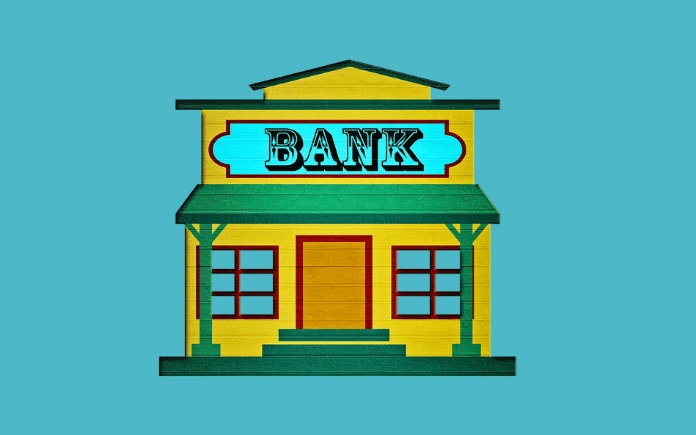Before opening a bank account, you must know about the bank account types and all the pros and cons of the bank account. If you don’t know about it, you may have great regret after opening an account. At first, it is compulsory to know which kinds of benefits are you seeking and does it have any relation to your purpose. So, today in this informative short blog post, we are going to discuss bank account types. Generally, there are five types of bank accounts.
- Savings accounts
- Basic checking accounts
- Interest-bearing checking accounts
- Money market deposit accounts
- Certificates of deposit
Savings Accounts
The savings account is designed to help people to save money. As well it carries an interest rate which is better than a checking account. Its’ interest rate is compared low to other types of accounts. Often this type of account does not come with a check. It is the most common account all over the world.
Basic checking accounts
This type of bank account is the most simple and prevalent account in the world. No higher interest is offered in this type of bank account. The holder of this checking account can check and use a debit card to withdraw money or transfer money from one account to another account. Bank can charge fees each time when you check your account.
Interest-bearing checking accounts
The main difference between only checking accounts and interest-bearing checking accounts is added services and added interests. However, interest-bearing checking accounts often have a higher deposit.
Money market deposit accounts
This type of account is also known as MMDA. MMDA account requires a higher minimum deposit. It serves higher interest rates. The bank invests the money into short-term debt to the clients of the bank. A limited number of money checks are available on this type of account. And the bank charges a fee for these checks.
Certificates of deposit
In short form, this type of account is known as CDs. This type of account is known to be a relatively long-term investment. The account holder agrees to put in a certain amount of money for a specific long time. It may be 3-7 years. This type of account generates the highest interest rate.
Conclusion
Dear reader, we have come to the end of this informative short blog post. We hope, this blog post was helpful for you to learn about the bank account types common in the bank sectors. If you liked this blog post and if the blog post has benefitted you, then please don’t forget to leave your valuable rating about this blog post below.











